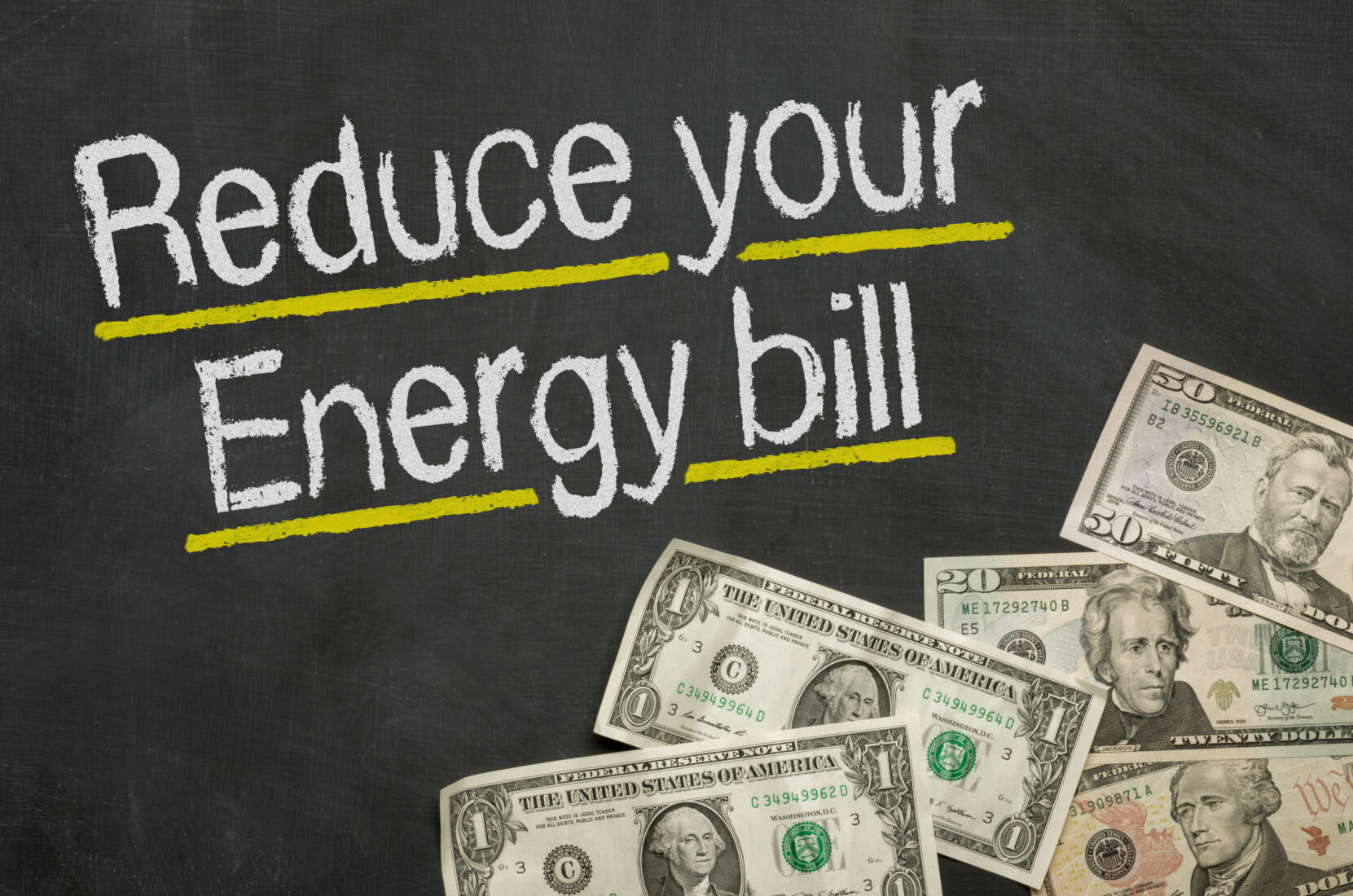Community solar programs have gained popularity as a more accessible and environmentally-friendly way for people to harness the power of solar energy. These initiatives allow individuals and businesses to benefit from solar energy without the need for installing solar panels on their own properties. However, to fully grasp the financial aspects of participating in community solar, it’s essential to understand the concept of dual billing.
Community solar, also known as shared solar or solar gardens, enables individuals to purchase or subscribe to a portion of a solar energy system located offsite. This system typically consists of solar panels installed at a central location, and the electricity generated is fed into the grid. Participants receive credits on their utility bills for their share of the energy produced, which can help lower their overall electricity costs while supporting clean energy generation.
Dual billing is a mechanism that community solar programs employ to ensure that subscribers receive both the benefits of solar energy and a fair financial arrangement. Here’s how dual billing works:
- Primary Bill: Subscribers continue to receive their regular electricity bill from their utility company, referred to as the “primary bill.” This bill covers various costs associated with the delivery and maintenance of electricity, such as infrastructure, transmission, and distribution.
2. Community Solar Savings Bill: You will receive your usual utility bill with the discount for the community solar on the bill and then will receive a separate bill from the solar company and 90% of the savings will go back to the solar company while 10% are yours to keep.
It’s important to note that while subscribers receive energy credits on their solar bill, they will continue to pay their utility for the electricity they consume beyond their solar energy allocation. The primary bill remains the main source of electricity for the subscribers, and any excess energy generated by the community solar array contributes to the local grid, benefiting the entire community.
The key benefits of dual billing in community solar programs include:
- Transparency: Dual billing provides transparency for subscribers, ensuring they can clearly see the financial benefits of the community solar project.
- Savings: By receiving energy credits on the solar bill, subscribers can potentially lower their electricity costs and protect themselves from rising utility rates.
- Support for Renewable energy: Community solar allows individuals to support clean, renewable energy without the need for rooftop solar panels, promoting a more sustainable energy future.
As community solar programs continue to grow, understanding the nuances of dual billing is essential for individuals considering participation. By participating in these programs, subscribers not only reduce their carbon footprint but also take advantage of cost savings and a more transparent billing process.






